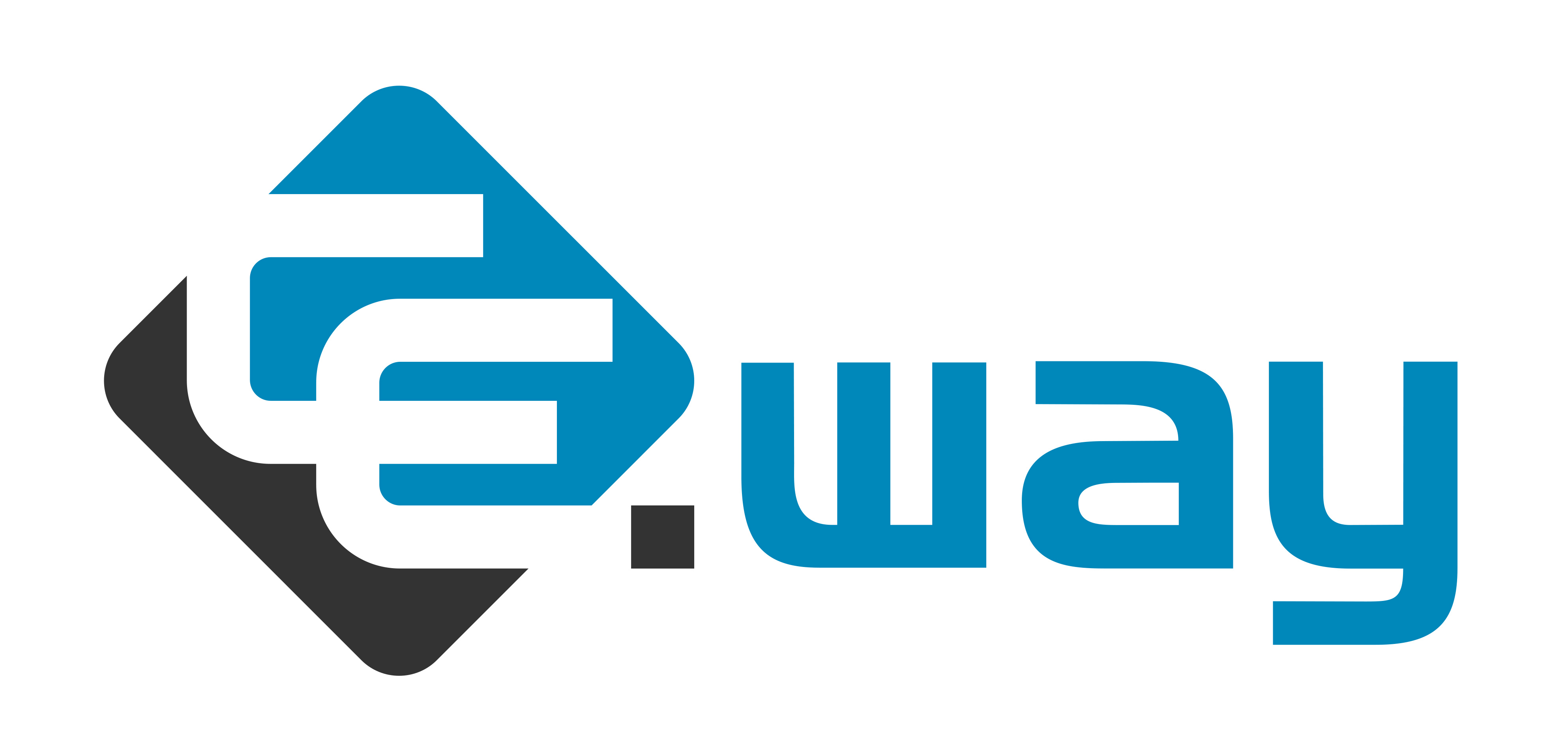According to Reed Exhibitions Russia, Russia represents 4% of the global cosmetics market. It is the fourth biggest market in Europe (after Germany, France and UK), while according to per capita consumption of cosmetics, Russia globally comes in 6th place.
Russia is, however, also known for its quite burdensome regulations, so getting to know the Russian cosmetics legislation and regulatory requirements is a vital part of preparing yourself to enter this market.
The current cosmetics legislation in use in Russia came into force in 2012, and it is called the Technical Regulation on the Safety of Cosmetic Products (CU TR 009/2011).
These pieces of legislation, however, are not only in use in Russia but also in other countries that are members of the so-called Customs Union: Belarus, Armenia, Kazakhstan and Kyrgyzstan.
Before we dive into the requirements posed by the Technical Regulation, it is worth mentioning that the definition of cosmetic products in Russia is the same as the definition of cosmetic products in the EU.
Unsurprisingly, since one of the aims of the legislation was also closer alignment with the EU legislation, some parts of the Technical regulation are very similar to the previous EU cosmetics directive and the current EU cosmetics regulation 1223/2009.
Similarly to the EU, cosmetic products sold in Russia need to have a Customs Union based Authorized representative, whose role is similar to the role of the Responsible person in the EU.
Another similarity to the EU cosmetics regulation can be seen in the annexes of the Technical regulation, which list prohibited substances, restricted substances, allowed UV filters, preservatives and dyes. Those lists are however not completely the same as the lists in the annexes of the EU regulation.

So what are the requirements that cosmetics have to meet to comply with the Russian cosmetics legislation? That depends on whether your product would be classified as a lower or higher risk.
In any case, a large part of becoming compliant with the Technical regulation is achieved by having your products tested at one of the accredited testing laboratories based in the Customs Union. Actual tests depend on the type of the product but the tests, in general, cover the following: product composition, physical and chemical parameters, microbiological parameters, the content of toxic elements, toxic data, clinical measurements and consumer packaging assessment.
For lower risk products conformity assessment is conducted by proving the conformity in the form of a Declaration of conformity (EAC declaration) on the basis of evidence obtained by an accredited testing laboratory (based in Customs Union) and the producer’s own evidence.
The Declaration of conformity has to then be submitted to a body approved by Rospotrebnadzor. Declaration of conformity can be valid for up to 5 or 7 years.
Higher risk products, on the other hand, require a Russian cosmetics pre-market State registration. Various documents and specifications provided by the producer as well as the testing results from a Customs Union accredited testing laboratory are submitted to a body approved by Rospotrebnadzor, which then issues a state registration certificate.
The validity of the State registration is not limited at the moment; however, it will be limited to 5 years validity period in the coming months.
For certain products, such as perfumes, the importer may also require a report on contents of ethanol, which is necessary for taxation of excisable products containing ethanol.
It is also important to note that most of the information on the labels need to be in Russian and that products compliant with the Technical regulation need to bear the EAC mark.

